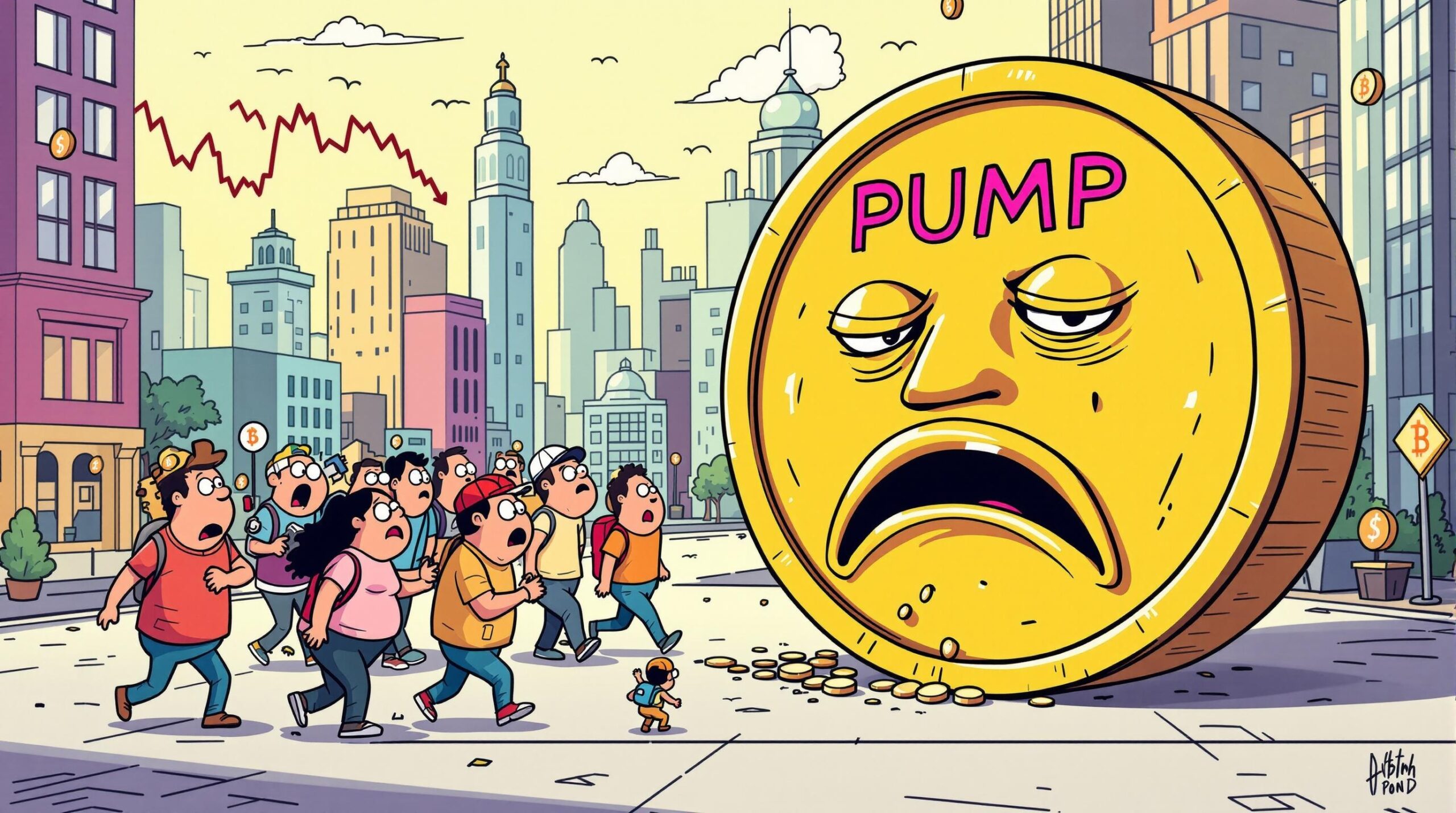BitcoinWorld

Unlocking Crucial Bitcoin Market Trends: A Weekly Analysis
The world of cryptocurrency is dynamic, constantly shifting with new developments and influences. For anyone invested or interested, understanding the underlying currents is crucial. This week, we dive deep into the most impactful Bitcoin market trends that could shape its trajectory. From key resistance levels to the subtle whispers of central bank policies, and from the movements of large investors to the consistent belief of long-term holders, we’ll explore what’s truly driving the world’s leading digital asset.
Navigating Key Resistance Levels in Bitcoin Market Trends
One of the most talked-about technical indicators in current Bitcoin market trends is the significant resistance level at $116,500. For those new to trading, a resistance level is a price point where an asset historically struggles to move above, often due to a concentration of sell orders. Think of it as a ceiling that the price repeatedly bumps against.
When Bitcoin approaches such a level, traders and investors watch closely. A decisive break above it could signal strong bullish momentum, potentially leading to new highs. Conversely, a failure to breach this resistance might result in a pullback as selling pressure intensifies. This particular level is significant because it represents a point where a large number of participants might be looking to take profits or where previous buyers are looking to break even.
Understanding these technical thresholds is vital for short-term traders looking to identify entry and exit points, as well as for long-term investors assessing the overall health and direction of the market. The battle at $116,500 is a key indicator of immediate market sentiment.
How Do Federal Reserve Clues Impact Bitcoin Market Trends?
Beyond the charts, macroeconomic factors play a profound role in shaping Bitcoin market trends. This week, particular attention is being paid to statements from U.S. Federal Reserve speakers regarding potential interest rate cuts. The Federal Reserve’s monetary policy decisions, especially those concerning interest rates, ripple through global financial markets, including cryptocurrencies.
When interest rates are high, traditional investments like bonds become more attractive, potentially drawing capital away from riskier assets like Bitcoin. Conversely, the prospect of rate cuts often signals a looser monetary policy, which can lead investors to seek higher returns in assets like crypto, as the cost of borrowing decreases and the incentive to hold cash diminishes. This creates a more favorable environment for speculative assets.
Market participants analyze every word from Fed officials for clues about future policy direction. Hints of rate cuts can inject optimism into the market, suggesting increased liquidity and a potentially stronger appetite for risk. Conversely, hawkish comments might lead to caution. This interplay between central bank policy and crypto valuations is a consistent theme in modern financial markets, making Fed watch an essential part of understanding current Bitcoin market trends.
Analyzing Whale and Retail Sell-offs in Current Bitcoin Market Trends
Who is selling Bitcoin, and how much? These questions are central to understanding current Bitcoin market trends. This week has seen discussions around both whale and retail sell-offs. Whales are large individual or institutional holders of Bitcoin, often possessing thousands of BTC. Their movements can significantly impact the market due to the sheer volume of their transactions. A large whale sell-off can create substantial downward pressure, signaling a lack of confidence or a strategic profit-taking move.
Retail investors, on the other hand, are individual, smaller-scale participants. While their individual transactions are small, collective retail behavior can also move the market. Widespread retail sell-offs might indicate panic or a general loss of interest, often triggered by price drops or negative news.
Monitoring these distinct groups provides valuable insights. On-chain analytics allow observers to track large movements of Bitcoin from wallets, offering a glimpse into whale activity. Understanding the motivations behind these sell-offs – whether it’s profit-taking, rebalancing portfolios, or a reaction to broader economic concerns – is crucial for interpreting market signals. The balance between these selling pressures and underlying demand will dictate the immediate price action.
| Investor Type | Typical Holdings | Market Impact |
|---|---|---|
| Whales | Thousands of BTC | Significant price movements, often lead trends |
| Retail Investors | Fractions to a few BTC | Collective impact, often follow trends |
Understanding Positive Demand Amidst Bitcoin Market Trends
Despite discussions of sell-offs, a remarkable aspect of current Bitcoin market trends is that apparent demand remains positive. How can this be? Demand in the crypto market is not just about direct buying; it encompasses various indicators that suggest a sustained appetite for the asset. This includes metrics like stablecoin inflows to exchanges, which often indicate capital waiting to be deployed into cryptocurrencies, and declining Bitcoin balances on exchanges, suggesting that investors are moving their holdings into cold storage for long-term holding rather than immediate sale.
Even with profit-taking or short-term selling, if the underlying buying pressure continues to absorb these sales, it points to robust fundamental strength. This positive demand can be driven by a range of factors: institutional adoption, increasing mainstream awareness, the belief in Bitcoin as a hedge against inflation, or simply new investors entering the market. A consistent positive demand indicates that despite temporary volatility, there’s a strong underlying belief in Bitcoin’s long-term value proposition.
This resilience in demand is a critical signal for the market’s health. It suggests that dips are viewed as buying opportunities by a significant portion of the market, rather than reasons for widespread capitulation. This underlying strength provides a foundation for future price appreciation, even in the face of macro headwinds or technical resistance.
The Enduring Strength of Long-Term Bitcoin Accumulation Trends
Perhaps one of the most reassuring Bitcoin market trends for long-term investors is the continued accumulation. This refers to the steady process where Bitcoin is moved off exchanges into personal wallets, indicating an intention to hold the asset for an extended period rather than trade it actively. This behavior is often associated with ‘HODLers’ – investors who buy and hold Bitcoin regardless of short-term price fluctuations.
On-chain data provides clear evidence of this trend. Metrics like ‘illiquid supply’ (Bitcoin that hasn’t moved in a long time) continue to rise, suggesting that more and more Bitcoin is being locked away for the long haul. This reduces the circulating supply available on exchanges, which, in theory, should exert upward pressure on prices if demand remains constant or grows.
The persistence of this accumulation trend, even during periods of price consolidation or minor corrections, highlights a strong conviction among a significant portion of the investor base. It suggests that many believe in Bitcoin’s future as a store of value and a foundational digital asset. This long-term perspective can provide a stabilizing force in an often volatile market, acting as a counterweight to short-term trading pressures and reinforcing the fundamental bullish narrative for Bitcoin.
Actionable Insights and Market Outlook:
- Monitor Resistance: Keep a close eye on the $116,500 level. A decisive break could open doors for significant upside, while rejection might signal a period of consolidation.
- Macroeconomic Sensitivity: Stay informed about Federal Reserve announcements. These can be powerful catalysts for short-term volatility and shifts in investor sentiment.
- On-Chain Data: While whale and retail sell-offs can create immediate pressure, the sustained positive demand and long-term accumulation trends suggest underlying strength. Understanding these layers helps provide a balanced view.
- Long-Term Vision: The continued accumulation trend reinforces the idea that many believe in Bitcoin’s enduring value. For those with a longer time horizon, dips may present opportunities.
In conclusion, the current Bitcoin market trends present a fascinating blend of technical challenges and fundamental strengths. While the immediate resistance at $116,500 and the influence of Fed policy create short-term uncertainty, the persistent positive demand and the unwavering commitment of long-term accumulators paint a resilient picture. Bitcoin continues to mature as an asset class, influenced by a complex interplay of on-chain activity, macroeconomic forces, and evolving investor psychology. Staying informed about these crucial trends is key to navigating the exciting, yet often unpredictable, world of digital assets.
Frequently Asked Questions (FAQs)
Q1: What does a ‘resistance level’ mean for Bitcoin?
A: A resistance level is a price point where an asset like Bitcoin has historically struggled to move above, often due to a large number of sell orders. If Bitcoin breaks above it, it can signal strong upward momentum; if it fails, it might pull back.
Q2: How do U.S. Federal Reserve decisions affect Bitcoin market trends?
A: Federal Reserve decisions on interest rates significantly influence financial markets. Lowering rates can make riskier assets like Bitcoin more attractive by reducing borrowing costs and the incentive to hold cash, while higher rates can make traditional investments more appealing.
Q3: What’s the difference between whale and retail sell-offs?
A: Whales are large Bitcoin holders whose transactions can cause significant market movements. Retail investors are smaller, individual participants whose collective actions can also influence the market, often in response to price changes or news.
Q4: Why is ‘positive demand’ important for Bitcoin?
A: Positive demand indicates a sustained appetite for Bitcoin, often seen through stablecoin inflows to exchanges or Bitcoin being moved off exchanges into cold storage. It suggests that despite selling pressure, there’s strong underlying buying interest, indicating market health.
Q5: What is the ‘long-term accumulation trend’ in Bitcoin?
A: This trend refers to investors consistently buying Bitcoin and moving it into personal wallets for extended holding periods, rather than active trading. It signifies strong conviction in Bitcoin’s future value and reduces the circulating supply, potentially supporting future price increases.
If you found this analysis of Bitcoin market trends insightful, please consider sharing it with your network on social media! Your support helps us continue providing valuable insights into the cryptocurrency space.
To learn more about the latest Bitcoin market trends, explore our article on key developments shaping Bitcoin price market.
This post Unlocking Crucial Bitcoin Market Trends: A Weekly Analysis first appeared on BitcoinWorld and is written by Editorial Team





